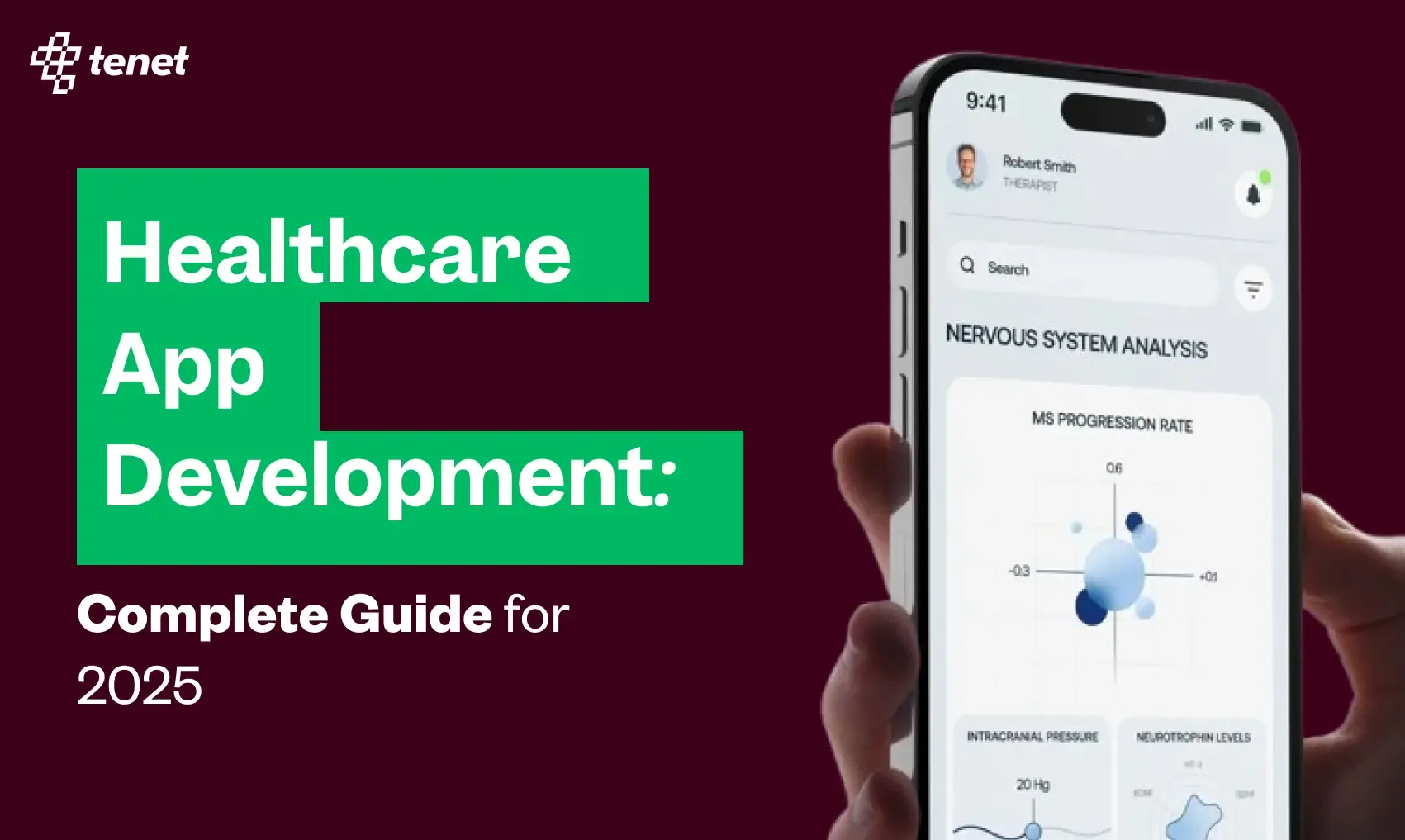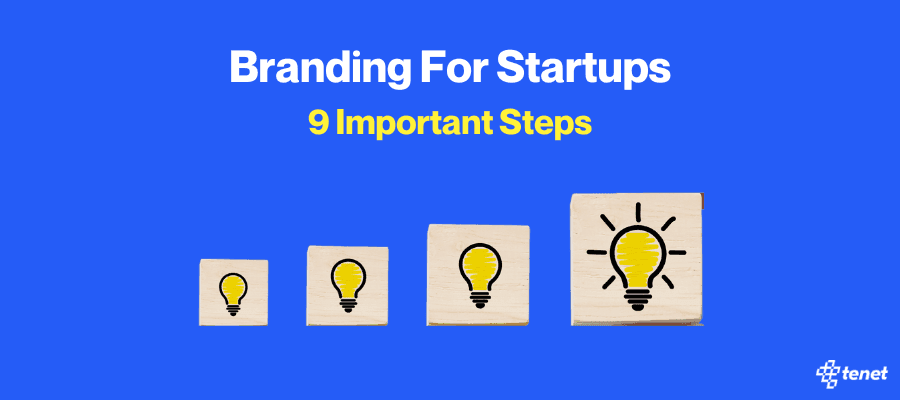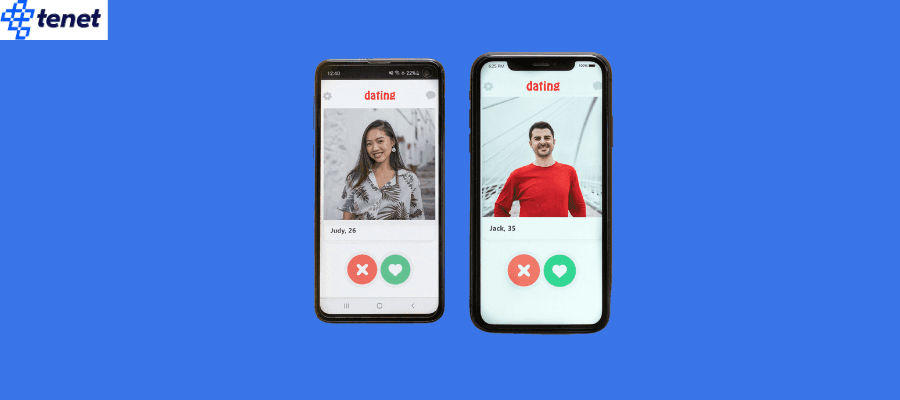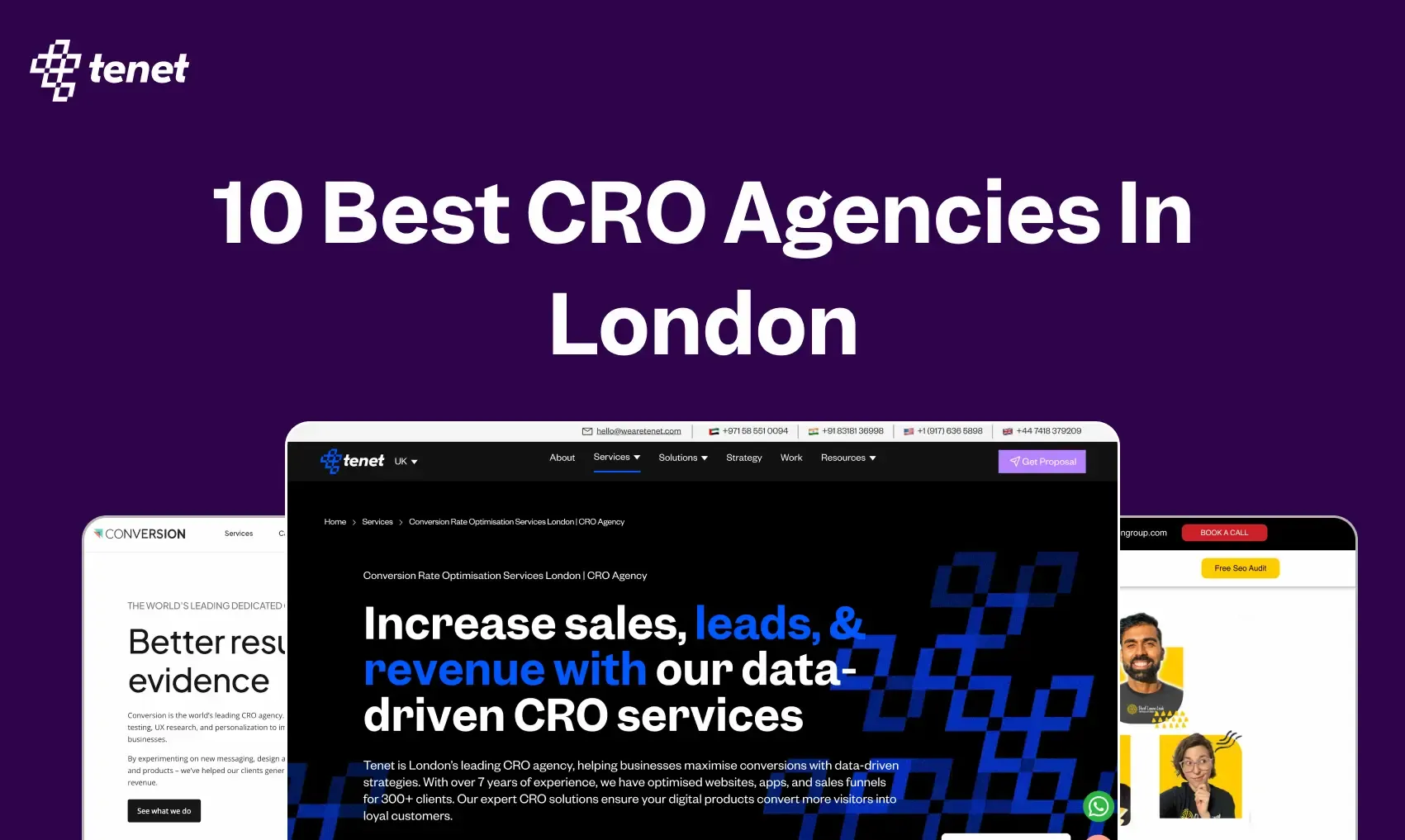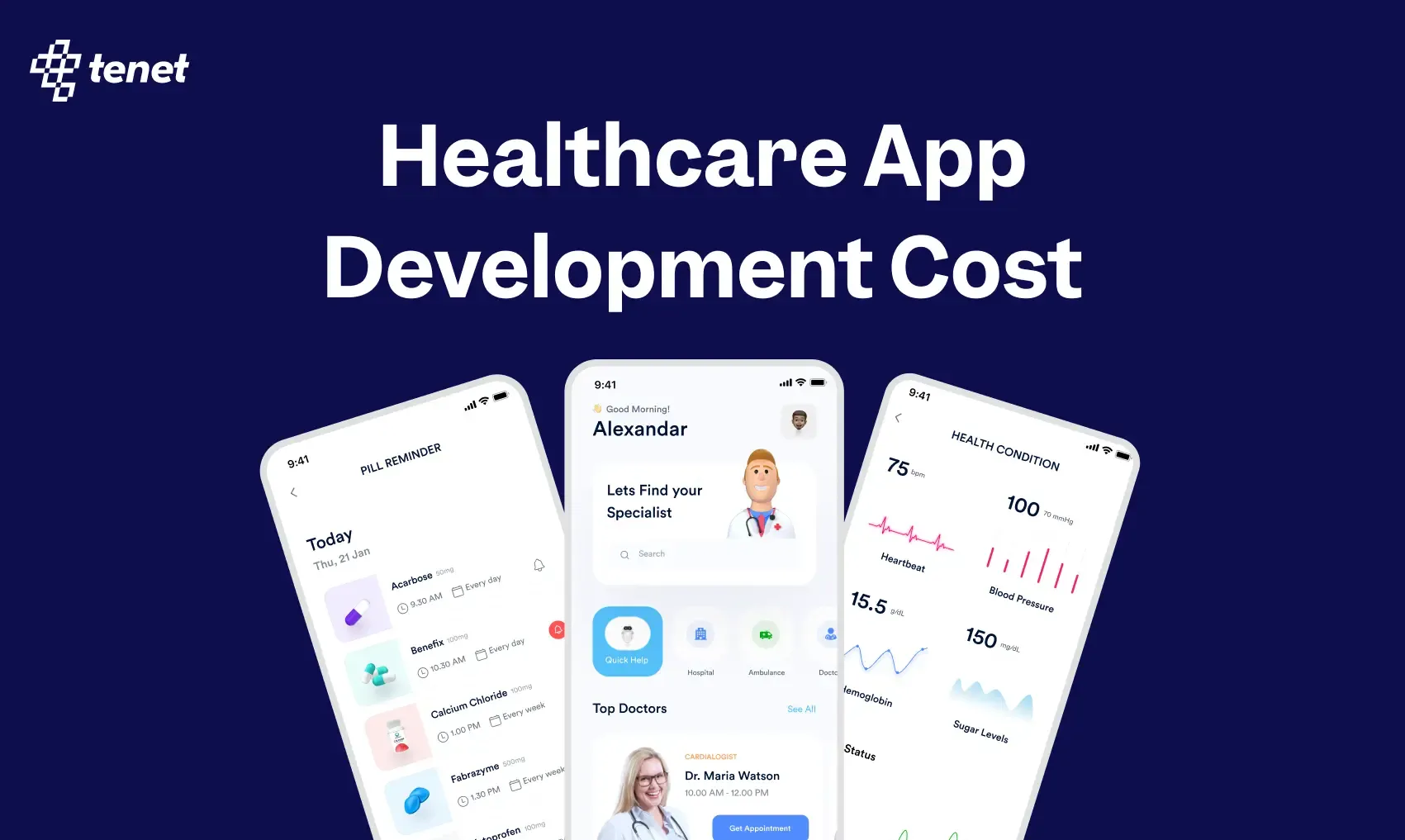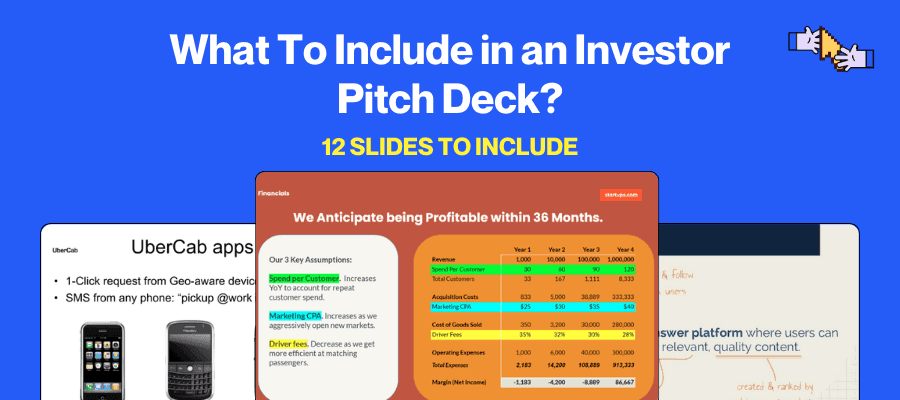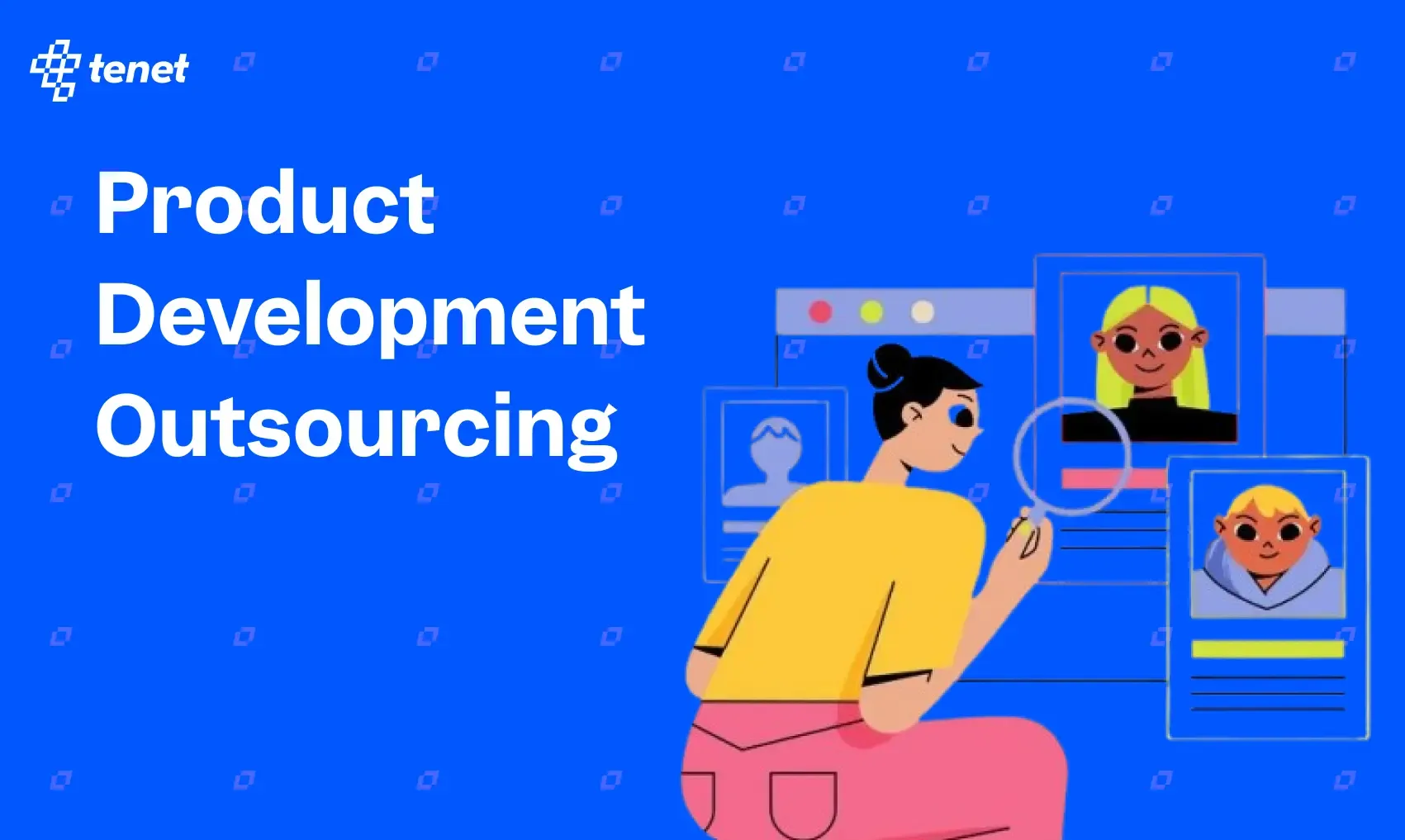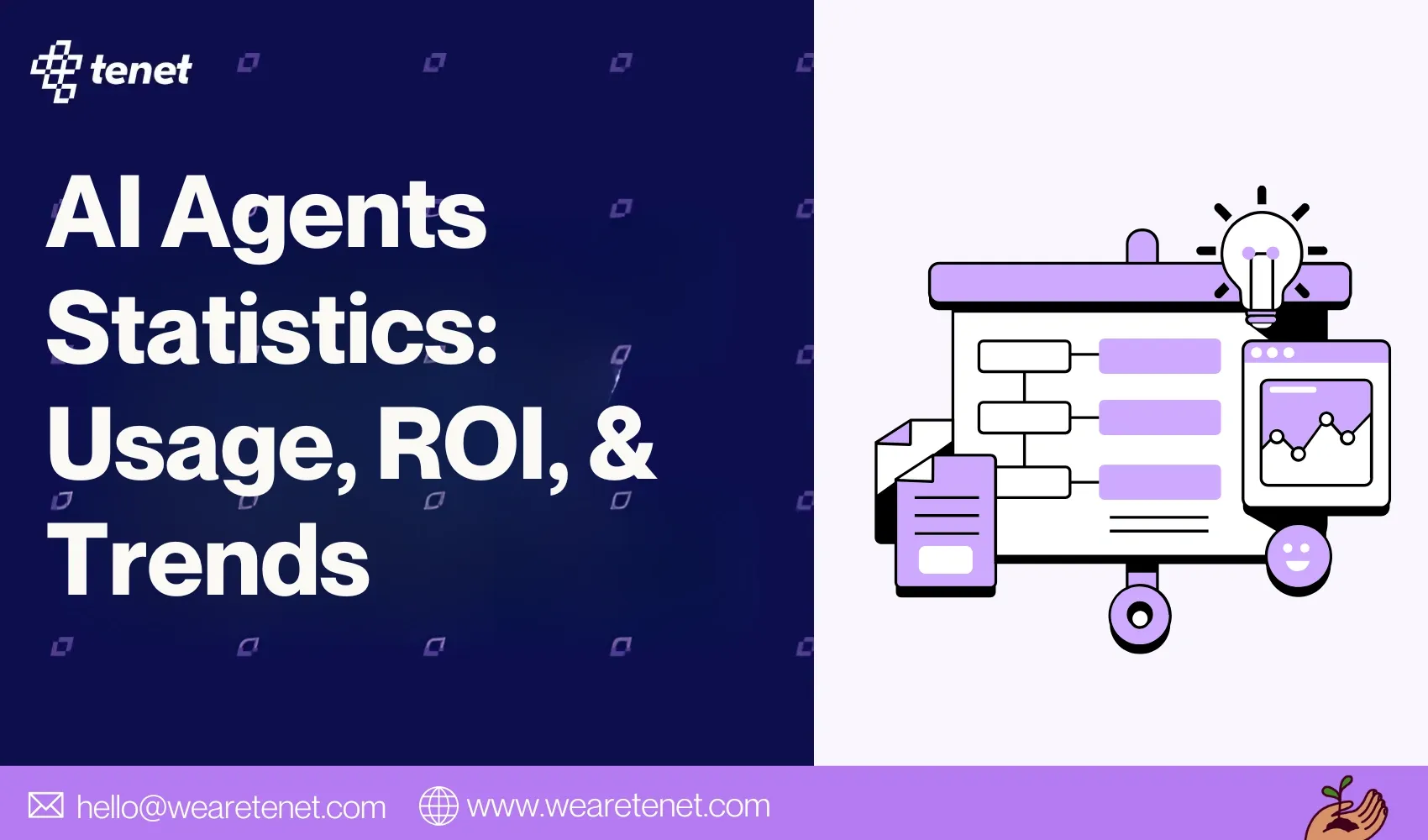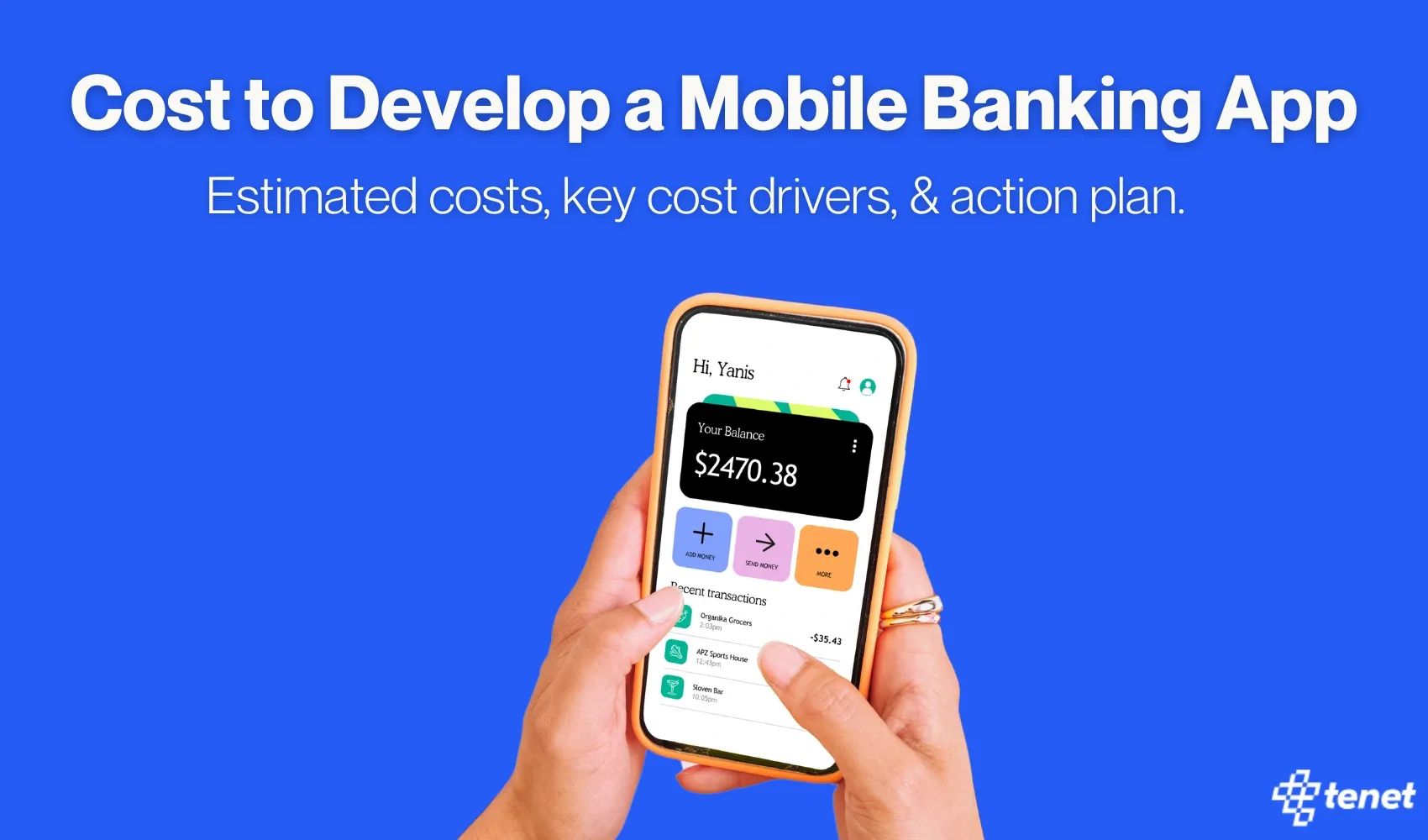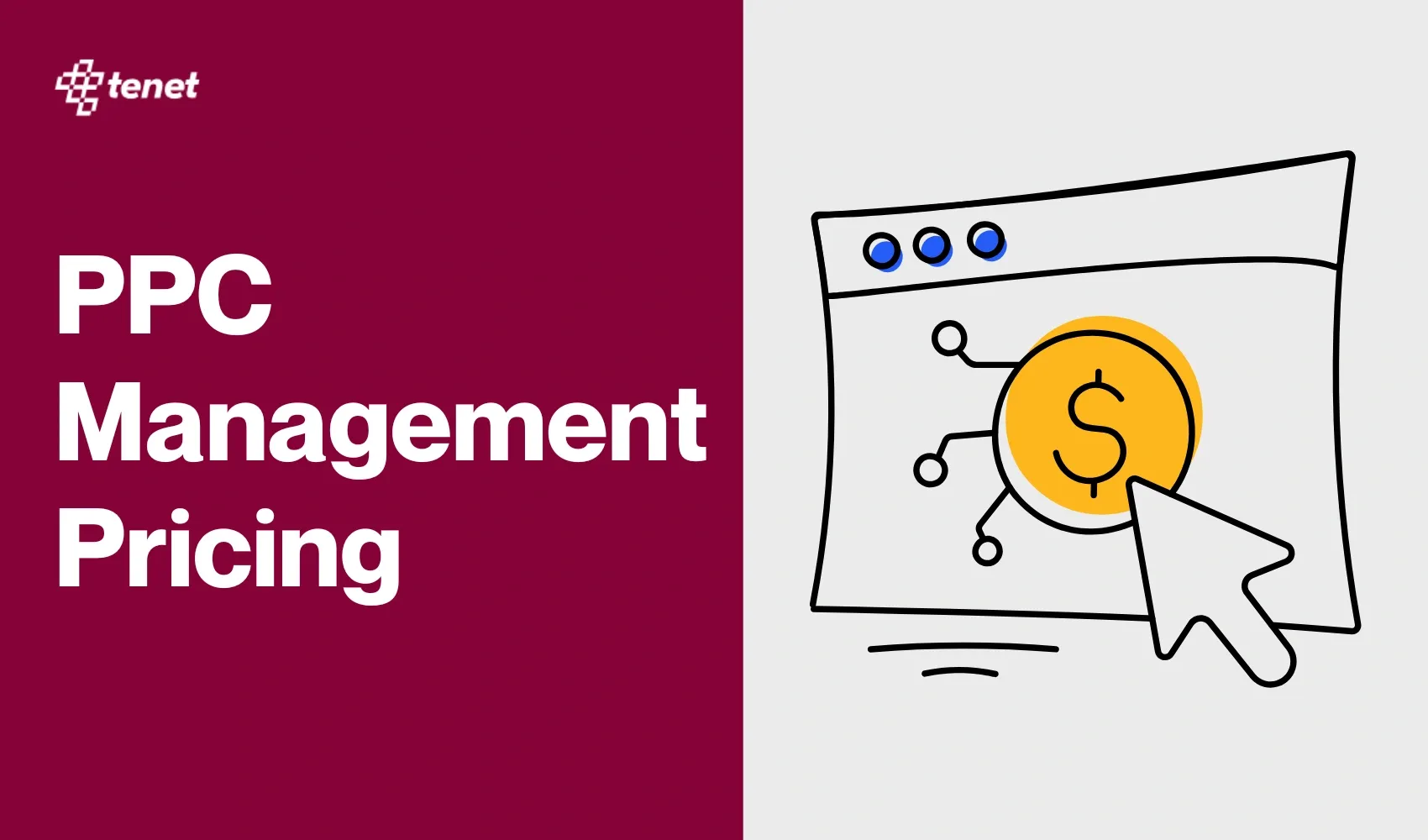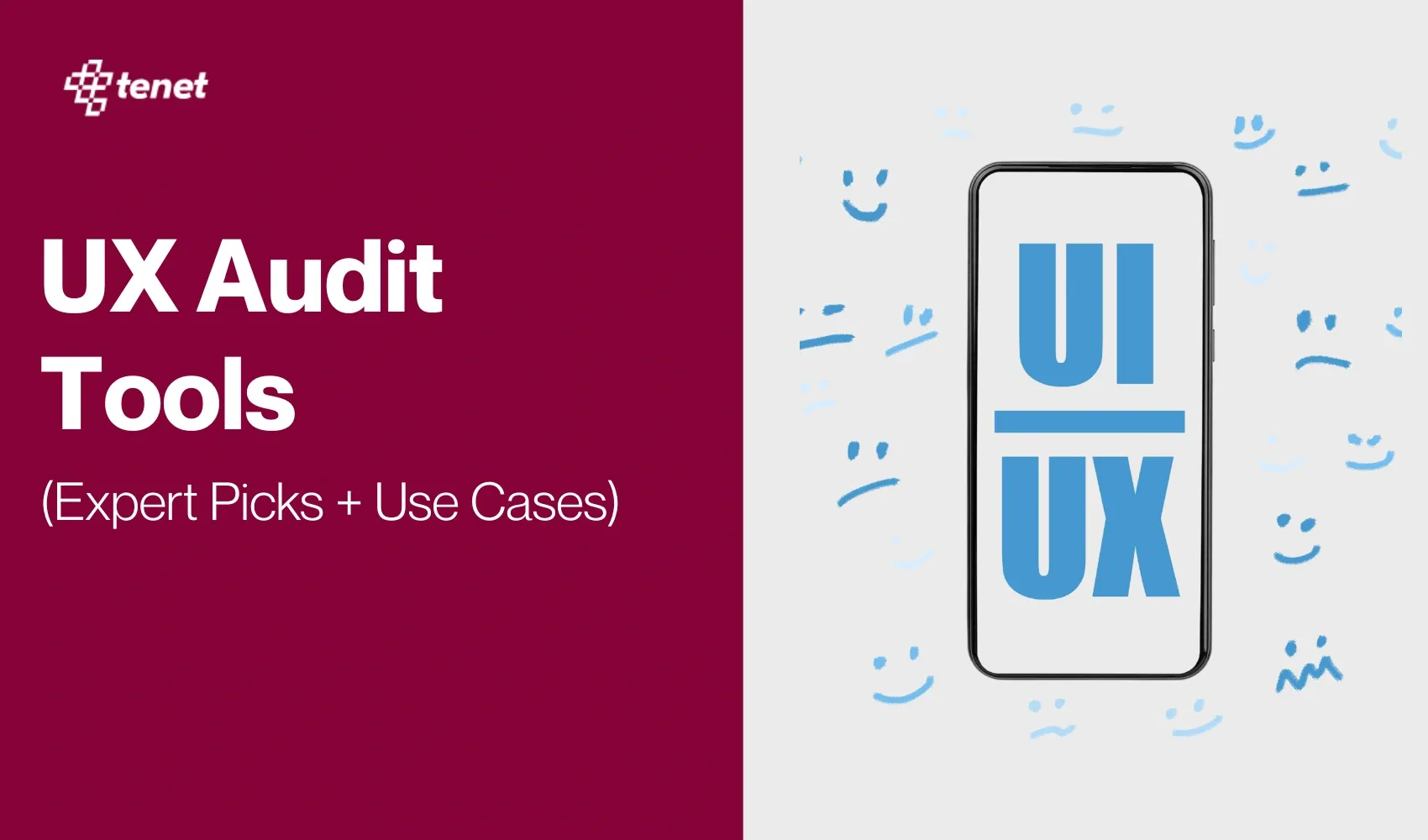12 Overlooked SEO Mistakes (Shared by SEO Professionals)
Share
Share
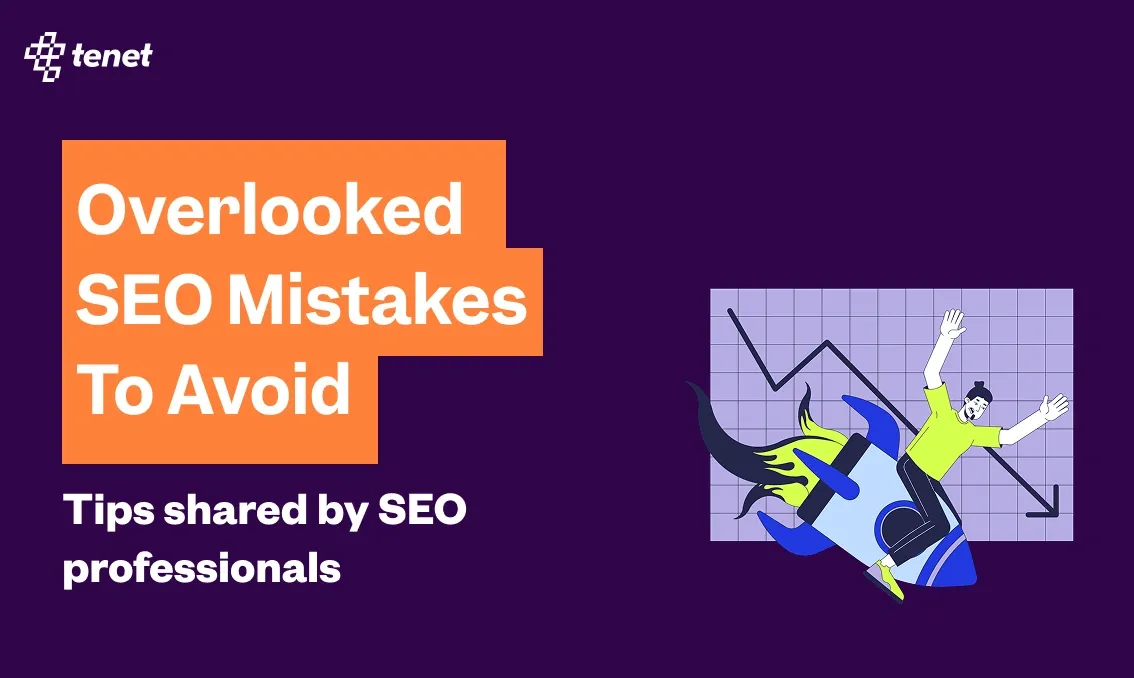
Many businesses follow the standard SEO checklist, such as fixing meta tags, improving site speed, and publishing content, yet still see little to no growth.
The reason is that they are making hidden SEO mistakes that go unnoticed in most strategies.
In this guide, 12 SEO professionals share the most overlooked SEO mistakes they find in real projects, including wasting link authority, ignoring CRO, neglecting AI search visibility, targeting the wrong keywords, leaving pages orphaned, and more.
These issues quietly reduce crawl efficiency, weaken authority, and limit conversions even if your rankings look stable.
By spotting and fixing these SEO mistakes, you can recover lost traffic, strengthen rankings, and improve your site’s overall performance.
👉 Get a complimentary audit sample that shows exactly where your opportunities hide.
1. The $100K Backlink Recovery Operation Nobody Talks About
Here's something that makes me want to bang my head against the wall: companies spend thousands acquiring backlinks while ignoring the ones they've already lost.
I recently audited a fintech startup that had unknowingly lost 47 high-authority backlinks worth approximately $23,000 in link-building costs - all pointing to 404 pages after a site migration.
Since it's tough to pull off (or takes expensive software), most people don't bother, but it makes a huge difference. When you have high authority websites linking to you but it resolves to a broken page on your website, that authority isn't getting passed through."
The recovery process is straightforward but tedious, which is exactly why most agencies skip it. Use tools like Ahrefs or SEMrush to identify broken backlinks, then implement 301 redirects to relevant pages.
One e-commerce client recovered 83 broken backlinks from major publications and saw a 27% traffic increase within 60 days. That's essentially free authority that most sites are leaving on the table.
2. Using too many redirects along with wrong 302 codes
While everyone obsesses over content, your redirect chains might be silently killing your SEO. According to Search Engine Journal's technical SEO research, redirect chains can leak up to 15% of PageRank with each hop. Yet I regularly find sites with 5-6 redirect chains, essentially throwing away 60% of their link equity.
The distinction between 301 and 302 redirects matters more than most realize. MDN Web Docs confirms that search engines don't transfer SEO value through 302 redirects - they're meant for temporary changes. Yet I find hundreds of permanent URL changes incorrectly implemented as 302s in nearly every audit. Our HTTP status checker tool can help you quickly identify these issues across your entire site.
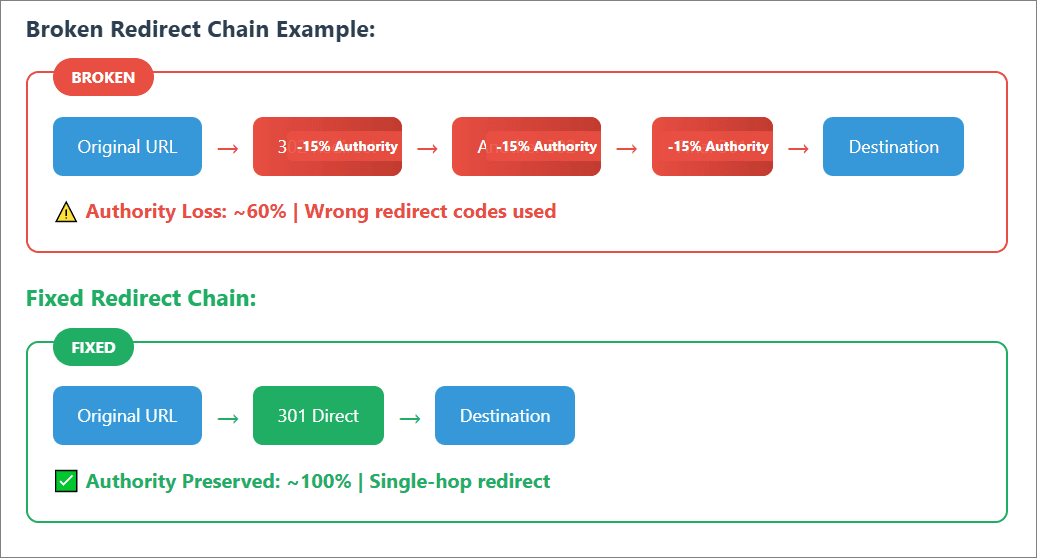
Here's what your redirect audit must include:
- Map all redirect chains using Screaming Frog's redirect chain report
- Identify and convert 302 redirects that should be 301s
- Eliminate intermediate redirects to create direct paths
- Check for redirect loops that trap crawlers
- Ensure HTTPS migrations use proper 301 redirects at the server level
A client from the healthcare industry had 1,247 URLs in redirect chains, some going through six hops. After streamlining to single-hop redirects, their crawl efficiency improved by 43% and organic traffic increased 31% in eight weeks.
3. Ignoring CRO after getting high rankings
Let me paint you a picture: You rank #1 for your money keyword. Traffic pours in. Revenue stays flat. This nightmare scenario plays out daily because most SEO audits completely ignore conversion optimization. Unlike the constant debate between SEO vs Google Ads, this isn't about choosing channels - it's about making your existing traffic convert.
We track the whole user experience once they have clicked through one of the search results.
Do you have real conversion optimization of your landing pages for the keywords ranking highest? Otherwise, by missing this, you may be sending thousands of visitors to a hole-ridden bucket."
The fix requires auditing beyond rankings. Map your top-performing organic pages against conversion rates. If pages ranking for commercial intent keywords convert below 2%, you have a CRO emergency.
How to fix:
- Review your top-ranking organic pages in Google Analytics or GA4.
- Compare traffic numbers with actual conversions.
- Update page headlines, CTAs, and layouts to match search intent.
- Use heatmaps and session recordings to find where users drop off.
- Run A/B tests to validate improvements before rolling out site-wide.
For our UI/UX design clients, we've seen conversion rate improvements of 40-60% just by aligning landing page messaging with search intent.
4. Skipping LLM and AI search visibility checks
Here's the sobering reality: According to Vercel's AI search research, Google's AI Overviews can reduce clicks by 34.5%. If you're not auditing for LLM visibility, you're essentially flying blind into the future of search. We've covered this extensively in our LLM SEO optimization guide, but here's what most audits miss entirely.
Backlinko's LLM visibility data reveals that "users ask AI about your industry, see your brand mentioned, and then visit you directly later" - with zero attribution to the LLM mention. This invisible influence means traditional analytics miss a massive portion of your actual reach.
Your LLM audit must examine:
- Brand mentions across ChatGPT, Claude, Perplexity, and Gemini
- Citation frequency in AI-generated responses
- Entity recognition and knowledge graph presence
- FAQ and structured data optimization for AI extraction
- Content clarity and definition-based formatting
How to fix:
- Search your brand and product queries in ChatGPT, Claude, Perplexity, and Gemini.
- Document how often and where your brand is mentioned.
- Add structured data (FAQ, HowTo, Product) to improve AI snippet inclusion.
- Format key sections with definitions, numbered lists, and Q&A style for AI extraction.
- Ensure brand and product names are used consistently across all content.
💡 Case study: We helped a B2B software company optimize for LLM visibility by restructuring content with clear definitions, numbered lists, and Q&A sections. Result? Their brand mentions in AI responses increased 4x, and direct traffic grew 28% with no attributable source.
5. Not targeting negative brand keywords
When I suggest targeting keywords like "[your brand] scam" or "[your brand] complaints," most CEOs look at me like I've lost my mind.
But here's the thing - your prospects are already searching these terms. If you're not controlling that narrative, your competitors are.
"Looking for bad experiences is often part of the buyer's journey. In a world where positive reviews are no longer fully trusted, users specifically look for negative ones because they seem more authentic. These terms are usually easy to rank for.
And if you can prevent even a few users from leaving by addressing their concerns directly, that is already a meaningful win."
How to fix:
- Identify “brand + scam” and “brand + complaints” searches in Google Search Console.
- Create a dedicated page addressing each negative keyword with factual, transparent answers.
- Add positive customer stories, FAQs, and company policies to build trust.
- Monitor search results regularly to keep your content in top positions for these terms.
A B2B software company we worked with created a comprehensive "Is [Brand] a Scam?" page addressing common concerns. Result?
They captured 3,200 monthly searches, prevented countless lost sales, and actually improved conversion rates by 18% from transparency.
6. Not fixing orphan pages with no incoming internal links
According to SearchAtlas's 2025 SEO data, sites with proper internal linking see 40% better crawl efficiency. Yet I consistently find million-dollar companies with hundreds of orphaned pages - content floating in digital limbo with zero internal links. This is where our comprehensive SEO services make the biggest impact - systematically identifying and reconnecting lost content.
"Recently, I have noticed that a lot of blog articles are orphaned and do not contain any internal links. Often when I talk to clients, they mention they have been writing articles for a while and are not seeing any traction. By missing out on internal linking, websites are not able to exhibit content depth and authority."
How to fix:
- Run a full site crawl and list all pages with zero internal links.
- Link to these pages from relevant high-authority pages on your site.
- Add orphaned content into related category or hub pages.
- Recheck monthly to prevent newly published pages from becoming orphaned.
The audit process is simple: run a crawl to identify pages with zero internal links. Then strategically link from high-authority pages to orphaned content using relevant anchor text.
One mobile app design client discovered 127 orphaned blog posts. After implementing strategic internal linking, organic traffic to those pages increased 340% in eight weeks.
7. Doing shallow competitor analysis
Search Engine Land's competitive audit research shows that 82.5% of AI overview citations link to deep content pages. Yet most competitor analyses stop at surface-level keyword comparisons, missing the strategic intelligence that actually matters.
Your comprehensive competitor audit needs multiple layers:
1. SERP Feature Domination:
Fortis Media research emphasizes tracking which SERP features competitors own - featured snippets, People Also Ask, AI Overviews, local packs. Each feature requires different optimization tactics that most audits ignore.
2. Content Architecture Analysis:
Map how competitors structure their topic clusters and content hierarchies. According to SEO.ai, LLMs prefer interconnected content that covers topics from multiple angles. Analyze not just what competitors write, but how they connect their content ecosystem.
This is particularly crucial for competitive markets like, where being recognized as the top go-to business requires understanding both local and international competition dynamics.
3. Authority Distribution Mapping:
Track referring domains by authority score tiers (0-10, 11-30, 31-60, 61+) to understand the quality of competitor backlinks, not just quantity.
How to fix:
- Identify your top organic competitors by target keyword and niche.
- Track their presence in SERP features like snippets, People Also Ask, and AI Overviews.
- Map their content structure and see how topics are interlinked.
- Analyze their backlinks by authority tier (high to low).
- Document content and link-building gaps that you can exploit.
8. Wasting link authority on low-value pages
Most SEOs treat backlinks like a numbers game, assuming more links always mean better rankings. Wrong.
What really matters is how link authority flows through your site, and most strategies completely overlook this.
"People often can't gauge existing authority because they don't understand what links pass it. The backlink needs to have organic traffic to pass authority. You need to link from pages with authority to pages you want to rank, while targeting the most difficult keywords with pages with the most authority."
How to fix:
- Audit internal linking with a tool that calculates internal PageRank.
- Link from your highest authority pages to your most important money pages.
- Remove or nofollow links to outdated or low-value pages.
- Create topic clusters that funnel link authority strategically.
In fact, we helped an e-learning platform redistribute authority from its resource pages to product pages using the same tactics, resulting in a 52% increase in commercial keyword rankings.
9. Wasting crawl budget on URL parameters
"We regained 30% of organic traffic in less than 60 days, solely by eliminating crawl bloat from tens of thousands of URL parameters generated from filter and sort functions - none of which generated traffic, yet all were eating crawl budget. When I do my own SEO audit, the first thing I look at is server logs and Google Search Console crawl stats."
According to Semrush's technical SEO data, sites waste an average of 31% of their crawl budget on non-valuable pages. For enterprise sites, this translates to thousands of important pages going unindexed while Google wastes time crawling filtered variations of the same content.
How to fix:
- Review server logs to find parameter-based URLs being crawled.
- Block unnecessary parameters in robots.txt or via URL parameter handling in GSC.
- Use canonical tags to consolidate duplicate parameter URLs.
- Reduce the number of filter and sort combinations on category pages.
10. Using wrong canonical tags
According to recent SEO audit statistics, 67% of sites have critical technical issues that prevent proper indexing. Yet most audits gloss over canonical tags, treating them as a minor checkbox item rather than the ranking foundation they represent.
"I once audited an eCommerce site where all product URLs were incorrectly canonicalized to the homepage. After switching them to self-canonical, more than 90% of products were indexed in less than three months, and traffic increased by 190%.
Technical SEO might not be a game changer at the beginning of a project, but it's like building a house - without a solid foundation, it won't hold up as it grows."
How to fix:
- Audit all canonical tags with Screaming Frog or Sitebulb.
- Ensure each important page points to itself with a self-referencing canonical.
- Remove canonicals pointing to irrelevant or incorrect pages.
- Test fixes with Google Search Console’s URL inspection tool.
11. Having poor site structure
Site architecture problems compound over time, creating SEO nightmares that surface-level audits miss entirely. Backlinko's audit checklist emphasizes that poor site structure affects both crawlability and user experience - a double penalty in modern SEO.
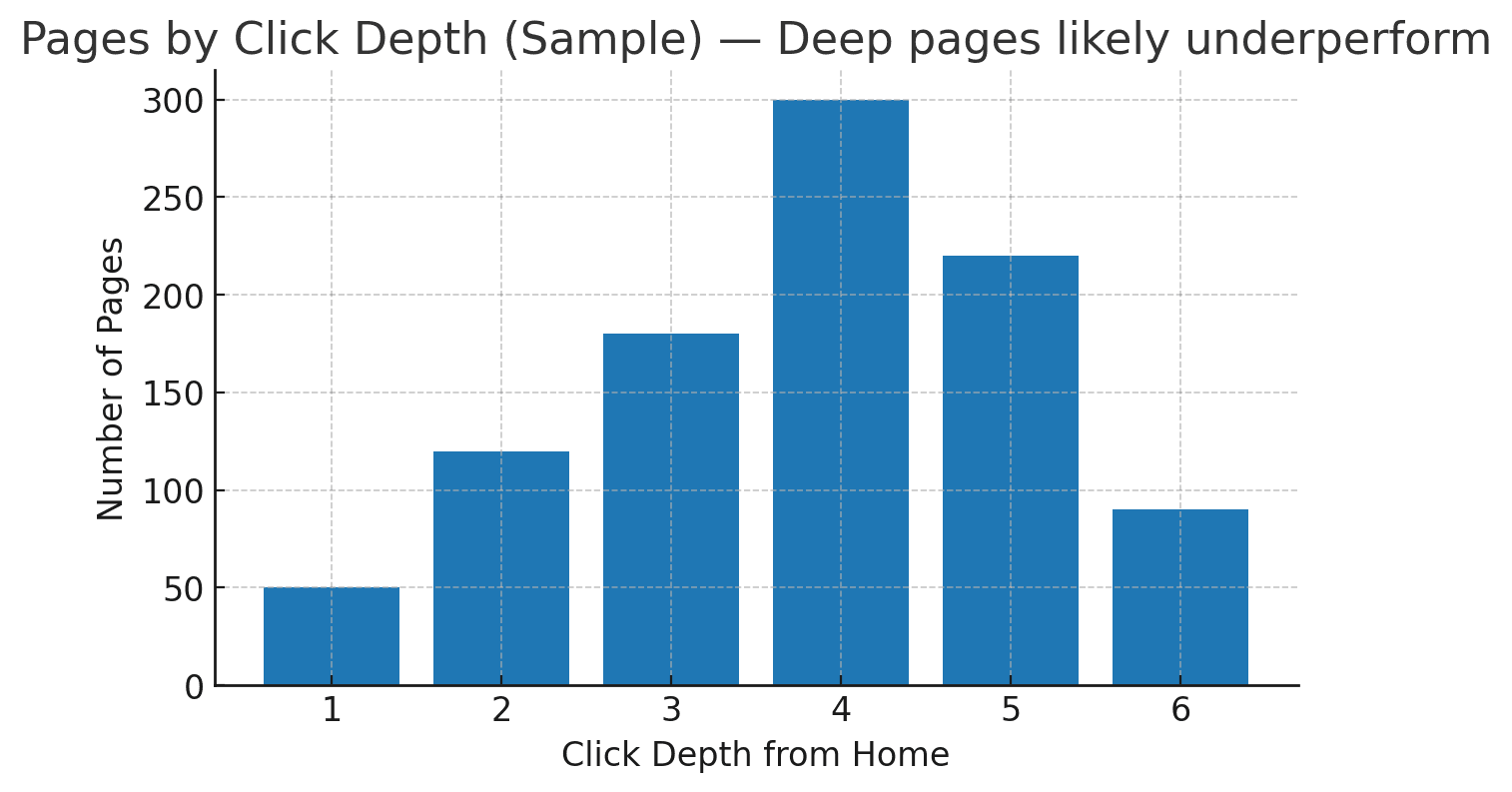
Critical structure elements most audits overlook:
- URL depth analysis: Pages more than 3 clicks from the homepage struggle to rank
- Topical siloing breakdown: Mixed topics dilute relevance signals
- Hub page identification: Missing category pages that should distribute authority
- Navigation crawl paths: How bots navigate versus how users navigate
- XML sitemap hierarchy: Flat sitemaps that don't reflect site importance
How to fix:
- Keep all important pages within three clicks from the homepage.
- Organize content into topical silos and create hub pages for each topic.
- Use descriptive, keyword-rich URLs for clarity and SEO.
- Update and submit an XML sitemap that reflects your site hierarchy.
We audited a work portfolio site with 500+ pages but no logical hierarchy. After restructuring into topic clusters with proper hub pages, organic traffic increased 67% and average session duration improved by 43%.
12. Publishing thin content without depth
While everyone talks about content quality, most audits fail to examine content depth strategically. Our content marketing services focus on building topical authority through comprehensive coverage, not just keyword stuffing. The difference? Understanding that search engines reward sites that become the definitive source on their topics.
Consider keyword density - a metric many still obsess over. Our keyword density checker reveals the truth: optimal density varies dramatically by topic and competition. What matters isn't hitting a magic percentage but naturally covering related entities and concepts that establish topical relevance.
How to fix:
- Combine multiple short, similar articles into in-depth, authoritative guides.
- Cover all related subtopics, entities, and FAQs in each guide.
- Add unique insights, examples, visuals, or case studies to improve value.
- Regularly update and refresh older content to keep it current and competitive.
One fintech client had 200+ blog posts targeting similar keywords with thin content. After consolidating into 50 comprehensive guides with proper topical coverage, organic traffic increased 156% while reducing content maintenance by 75%.
👉 Contact our SEO experts and get a free SEO proposal for your brand.
Further resources
- Why and How You Should Combine SEO and PPC?
- LLM SEO: How to Rank Your Website in AI Search Engines
- AI SEO Statistics You Must Know
Final words
Most SEO strategies fail not because of what is included but because of what is overlooked.
The 11 mistakes above are silent performance killers. They can drain authority, waste crawl budget, and limit conversions even when rankings look good.
By running deeper and more technical audits and fixing these hidden issues, you can unlock quick wins and long-term gains.
Prioritize them in your next SEO review, track the improvements, and you will see measurable lifts in traffic, rankings, and revenue.
Your competitors are likely ignoring these, too. Fixing them now can be your unfair advantage.
Claim your free SEO audit report now
Claim your free SEO audit report now

Got an idea on your mind?
We’d love to hear about your brand, your visions, current challenges, even if you’re not sure what your next step is.
Let’s talk
